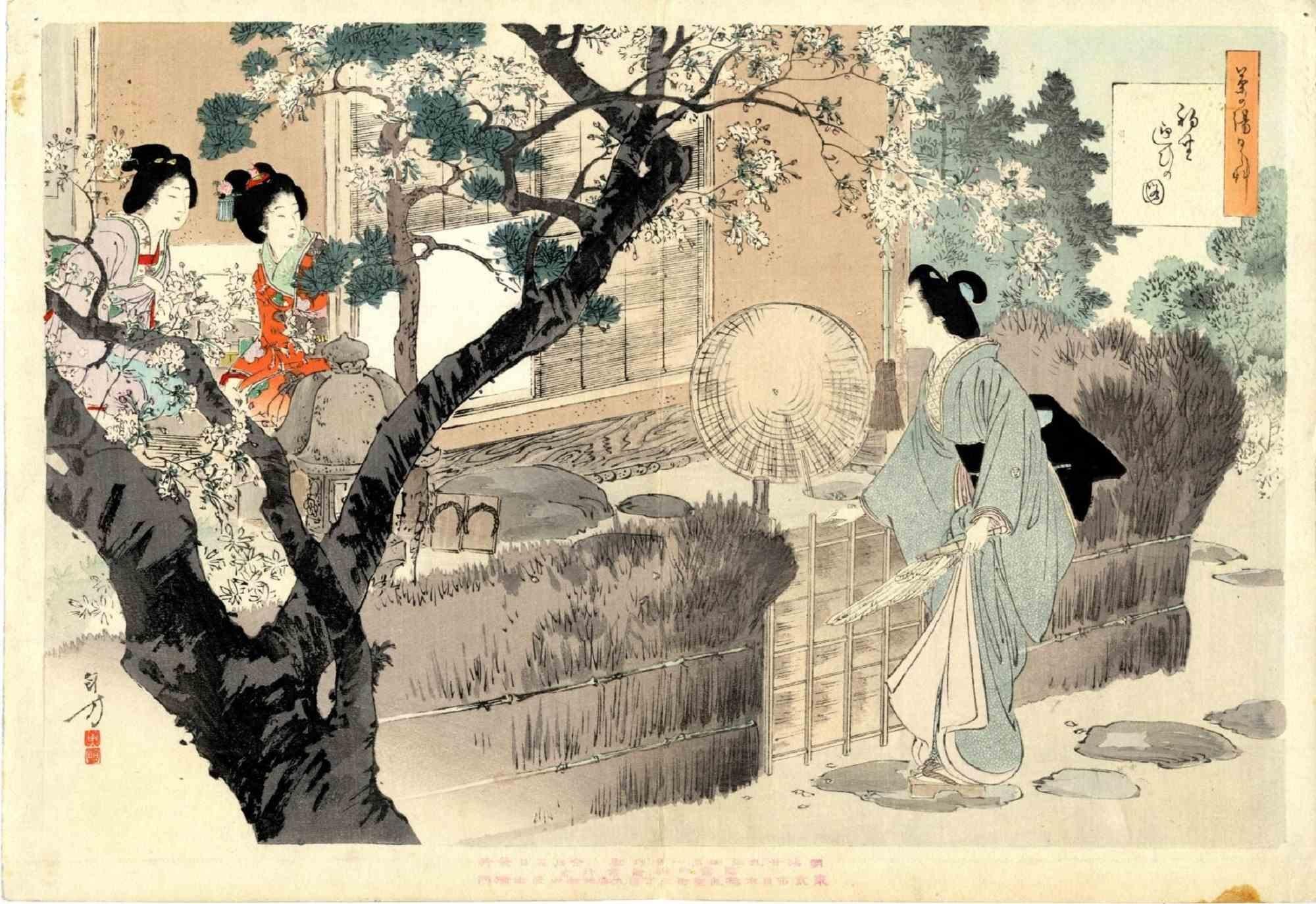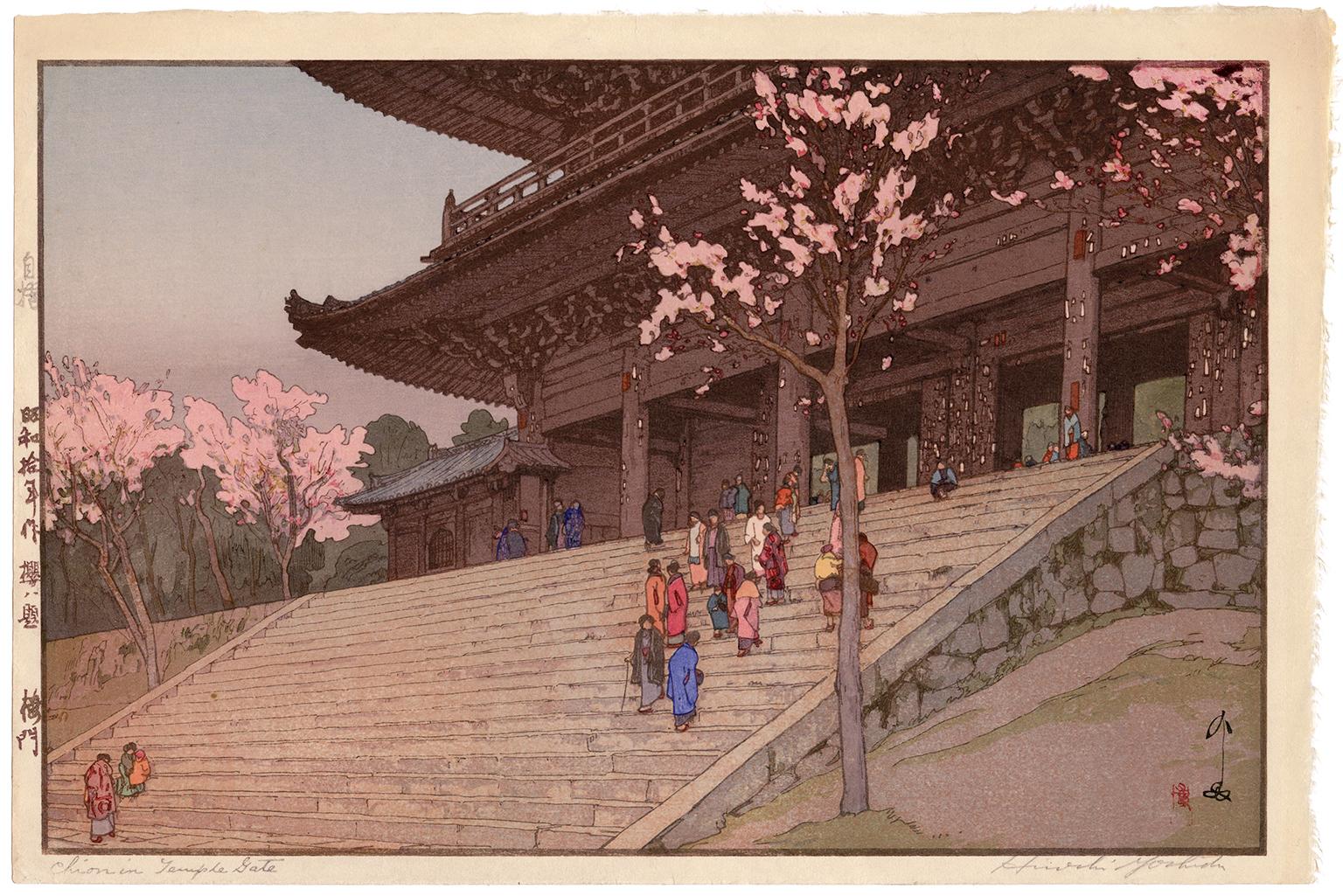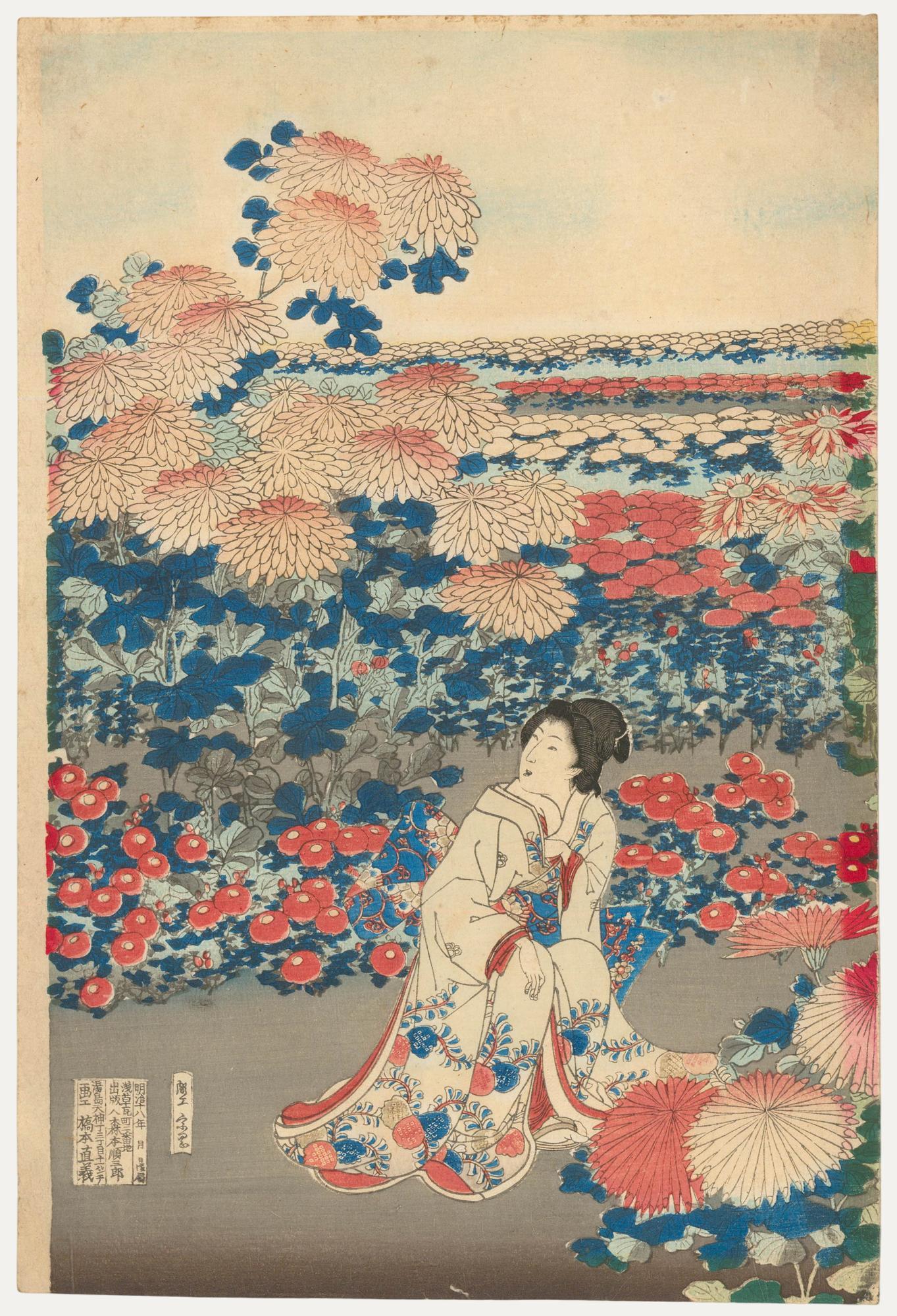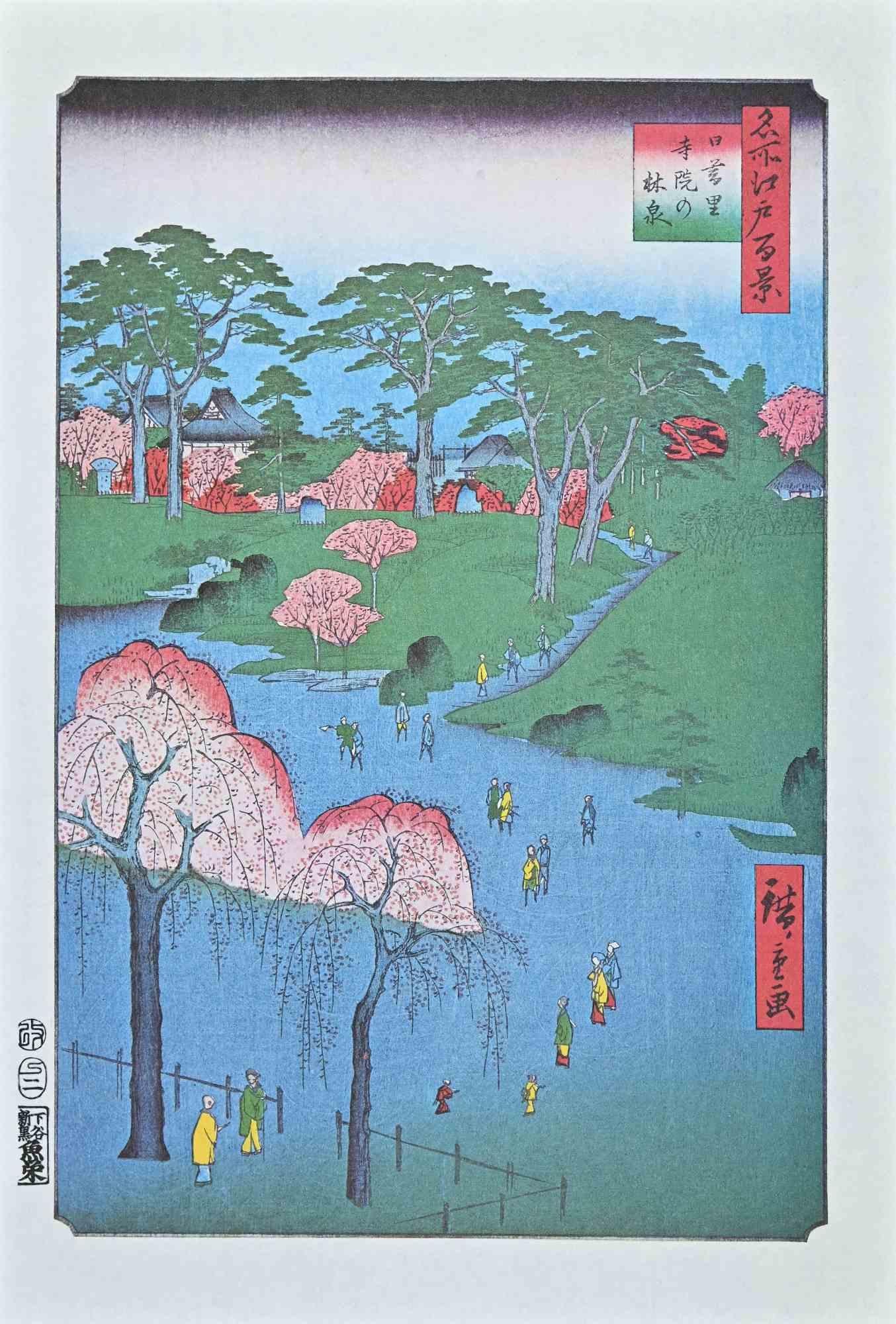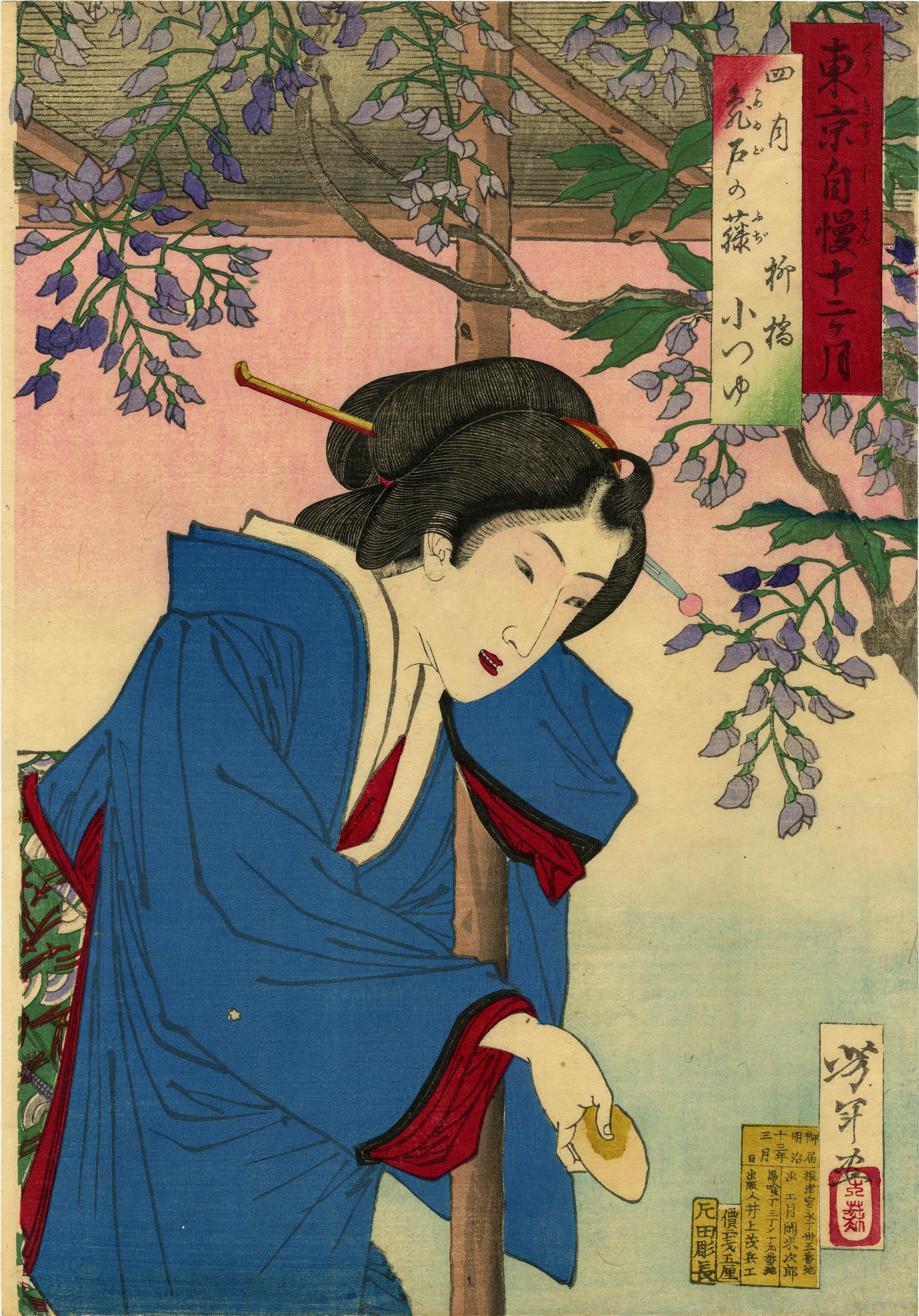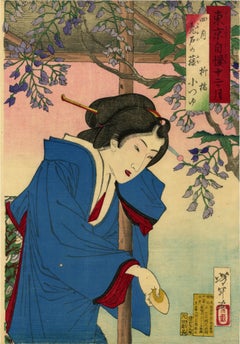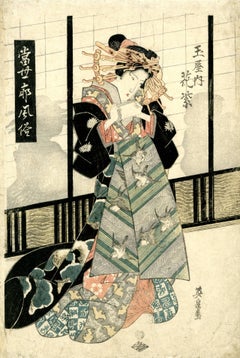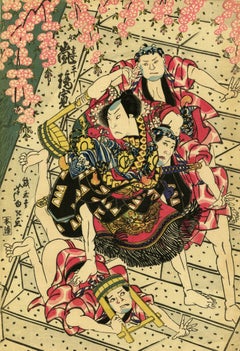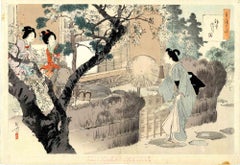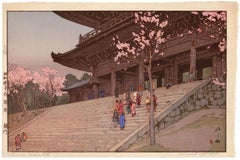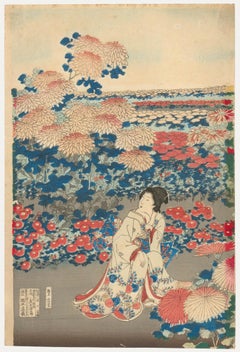Helen HydeBlossom Time in Tokyo1914
1914
About the Item
- Creator:Helen Hyde (1868 - 1919, American)
- Creation Year:1914
- Dimensions:Height: 18.75 in (47.63 cm)Width: 11.75 in (29.85 cm)
- Medium:
- Movement & Style:
- Period:
- Condition:Small void upper margin, not effecting image.
- Gallery Location:Fairlawn, OH
- Reference Number:Seller: FA60971stDibs: LU14014812692
Helen Hyde
Helen Hyde was a printmaker and illustrator, born in Lima, New York, but spent a cultured childhood in Oakland, California. At 12, she began art instruction under Ferdinand Richardt, but it ended abruptly two years later when her father died and her family resettled in San Francisco. Hyde and her mother moved to Philadelphia, and after she graduated from Wellesley School, she returned to San Francisco and studied at the School of Design. Hyde studied briefly at the Art Students League in New York between 1888–89. The following year she departed on a four-year sojourn in Europe, which included studying with Franz Skarbina in Berlin, Rafael Collins and Albert Sterner in Paris, and months in Holland and England. In Paris, Hyde met Félix Régamey, who introduced her to the "loveliness of things Japanese" and this meeting was to have a profound effect on her life and work. Returning to San Francisco, Hyde sought out subjects in Chinatown and produced her first series of color etchings. In 1899, Hyde voyaged to Japan, where she became an ardent student of the Japanese language and a student of classical brush painting with an Austrian artist working in Tokyo, and it was from him that she learned the skills of carving woodblocks. She eventually accepted the Japanese system of divided labor and employed Japanese carvers and printers (Shohiro Murata carved her woodcuts for eleven years). Japan was Hyde's home until 1914 when she returned to the United States due to ill health. Hyde exhibited both nationally and internationally and her work won honors in Japan. She was awarded the gold medal at the Alaska-Yukon-Pacific Exhibition in Seattle in 1909 and the bronze medal for woodcut at the Panama-Pacific International Exposition in 1915. Hyde was a member of the Chicago Society of Etchers, the Printmakers Society of California, the Chicago Society of Artists and a life member of the Société de la Gravure en Couleur.
- ShippingRetrieving quote...Shipping from: Fairlawn, OH
- Return Policy
More From This Seller
View All1880s Other Art Style Figurative Prints
Woodcut
Early 19th Century Figurative Prints
Woodcut
1920s Edo Figurative Prints
Woodcut
1820s Other Art Style Figurative Prints
Woodcut
1920s Art Deco Figurative Prints
Screen
1950s Other Art Style Still-life Prints
Woodcut
You May Also Like
Mid-20th Century Figurative Drawings and Watercolors
Ink, Gouache, Pencil
1890s Modern Figurative Prints
Woodcut
1930s Showa Figurative Prints
Woodcut
19th Century Portrait Prints
Woodcut
Mid-20th Century Modern Figurative Prints
Lithograph
Late 19th Century Other Art Style Figurative Prints
Paper, Pigment
